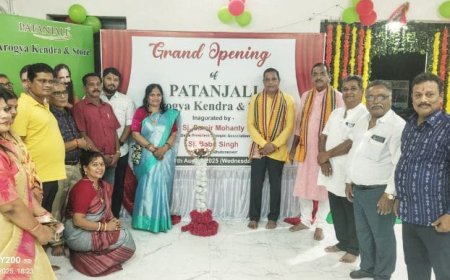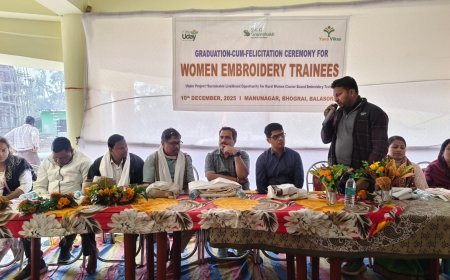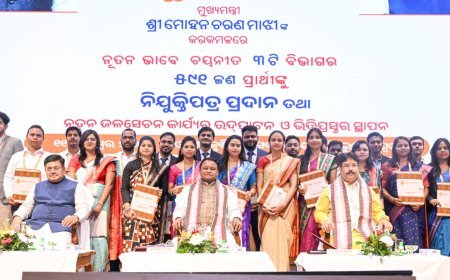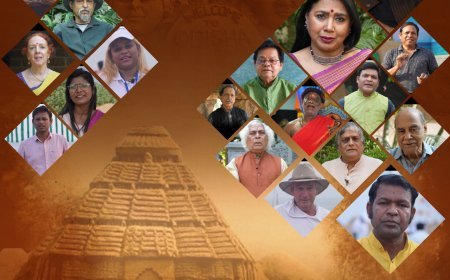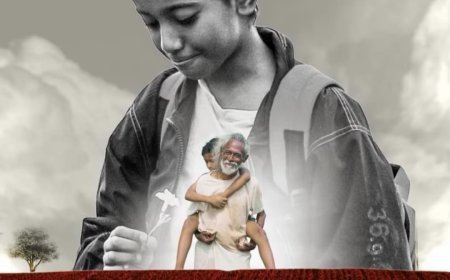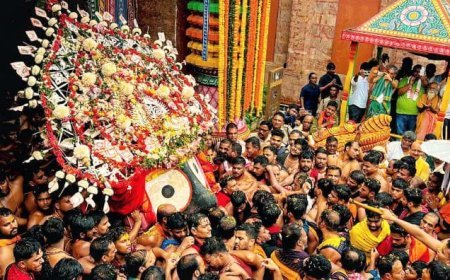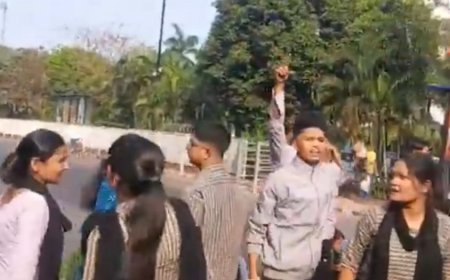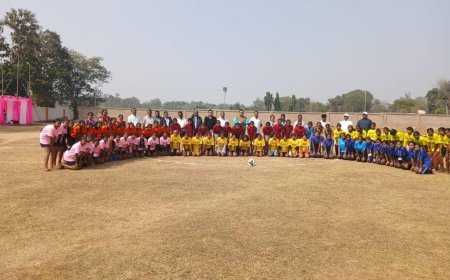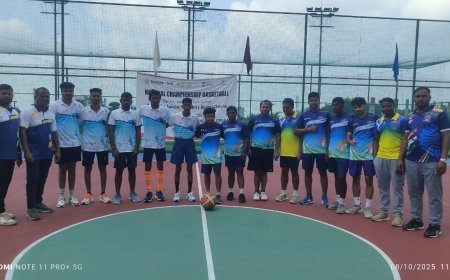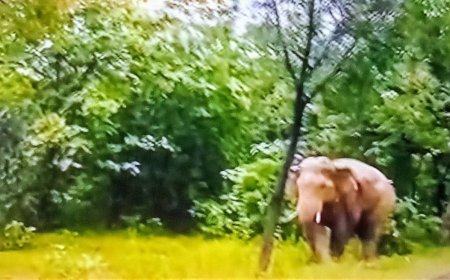“From Bhoka ra Bhugola to Bikash ra Bhugola: Kalahandi’s Journey from Drought to Development”
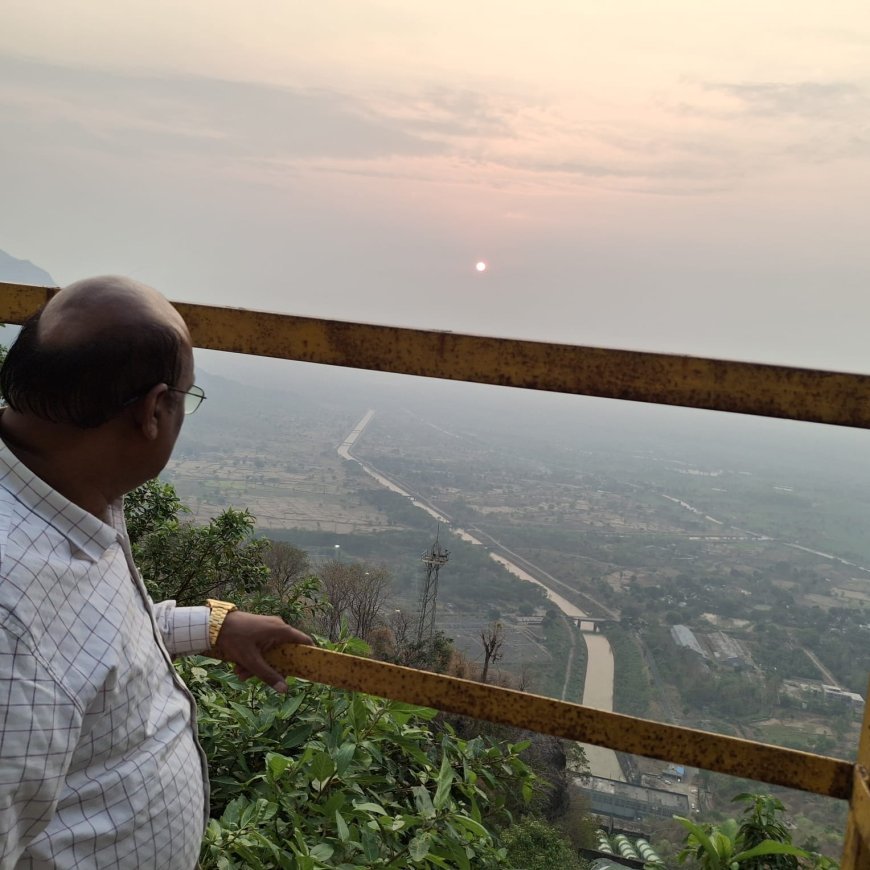
By | Er. Rajkumar Behera. S E |
The history of Kalahandi, one of Odisha’s most culturally rich yet once deeply distressed regions, is inseparably linked with the larger socio-political landscape of India. In the 1960s and 1970s, during the period when Indira Gandhi was the Prime Minister of India, a severe drought struck Kalahandi with devastating intensity. This drought was not merely an environmental calamity; it became an emblem of poverty, hunger, and administrative negligence that gained international attention. The world came to know Kalahandi not as a land of art, culture, tribal resilience, or natural beauty, but as the epicenter of hunger and deprivation. The phrase “Bhoka ra Bhugola”—the geography of hunger—was born out of this painful chapter, and it cast a long shadow over both Odisha and the Indian government.

The drought of Kalahandi was unprecedented in its severity. Agricultural fields cracked open, rivers dried up, and food scarcity reached catastrophic levels. The local economy, heavily dependent on monsoon-based agriculture, collapsed, pushing thousands of families into starvation. Distressing reports of hunger deaths, migration, and distress selling of children and livestock shook the conscience of the nation. The media, national and international, highlighted Kalahandi as a symbol of rural backwardness and government failure. Though many reports exaggerated or selectively interpreted the situation, the fact remained undeniable: Kalahandi was suffering.
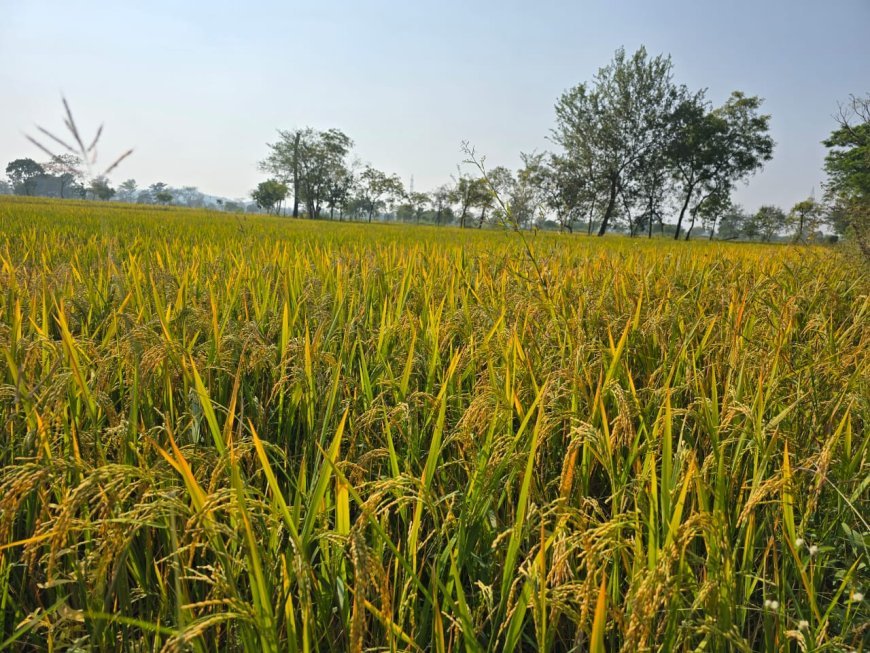
Politically, the crisis became a point of debate across the country. Critics questioned the policies of the Odisha government and the Centre, demanding urgent intervention. For the Indira Gandhi government, which often focused on poverty alleviation and rural development, the situation posed a serious challenge. The drought revealed long-standing structural issues—poor irrigation, absence of large-scale water management, lack of diversified livelihood systems, and deep social inequalities. For the Odisha government, the embarrassment was profound; the state known for its ancient temples, tribal heritage, and rich natural resources was now being globally portrayed as the “hunger capital of India.”
However, within this crisis lay the seed of a future transformation. Recognizing that temporary relief measures could not solve a chronic issue, both the Government of India and the Government of Odisha began searching for long-term solutions. The vision was clear: Kalahandi needed not just food relief but structural development, particularly in agriculture and water management. Irrigation became the focal point, as lack of water had been the root cause behind repeated drought cycles.
Thus emerged one of the most ambitious and transformative irrigation projects in eastern India—the Indravati Dam Project.
The idea of harnessing the waters of the Indravati River had been discussed since the British era, but it was only after the drought crisis that the proposal gained political and administrative urgency. The Indravati Project was designed as a multi-purpose hydro-irrigation system capable of generating electricity, providing irrigation, supporting drinking water needs, and creating new livelihood opportunities. The project involved constructing a series of dams, barrages, tunnels, and reservoirs, making it one of the most complex engineering undertakings in the region.
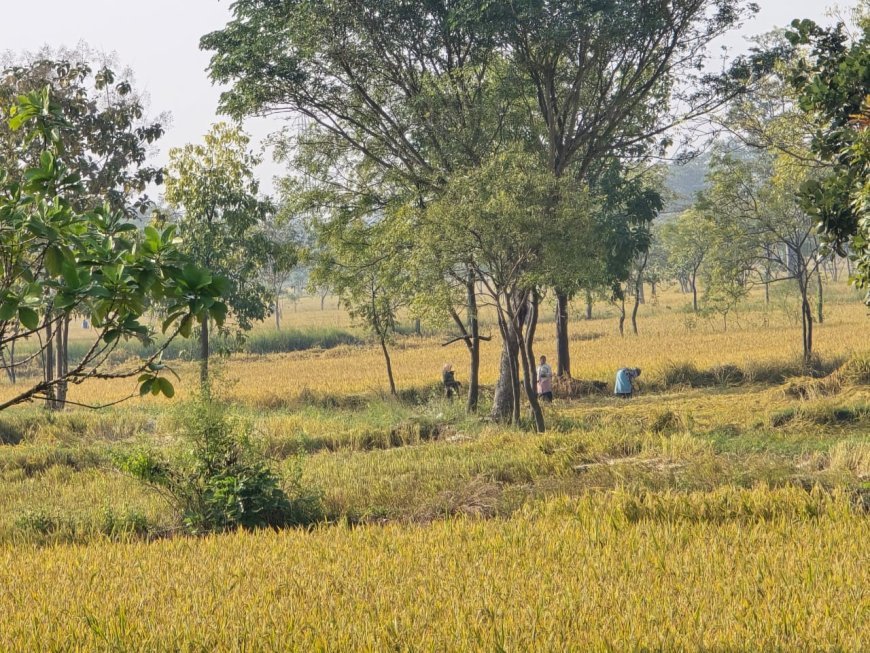
The collaboration between the Odisha government and the Centre was crucial in turning this vision into reality. Financial resources, technical expertise, and administrative coordination were mobilized at an unprecedented scale. The construction took several years, involved thousands of workers, and faced multiple challenges—from geographical obstacles to logistical constraints. But the determination to rebuild Kalahandi remained strong. The Indravati Dam eventually emerged not just as a structure of concrete and steel but as a symbol of hope, resilience, and transformation.
With the operationalization of the Indravati Project, Kalahandi began to witness a historic turnaround. Irrigated land expanded rapidly, enabling farmers to cultivate multiple crops throughout the year. What was once a drought-prone landscape gradually transformed into a fertile agricultural zone. Paddy, pulses, oilseeds, vegetables, and cash crops flourished, improving both food security and household income. Farmers who had once struggled to feed their families began producing surplus crops for markets, ushering in a new era of rural prosperity.
The availability of water also triggered a chain of socio-economic changes. Small-scale industries, rice mills, food processing units, and handicraft clusters began to grow. The region’s famous handloom and tribal crafts gained renewed attention as livelihoods diversified beyond agriculture. Infrastructure development—roads, bridges, schools, and healthcare facilities—followed naturally, supported by government schemes and local entrepreneurship. Educational institutions expanded, literacy rates improved, and new employment opportunities attracted the youth. Kalahandi, once the face of hunger, slowly but steadily evolved into a district of growth and potential.
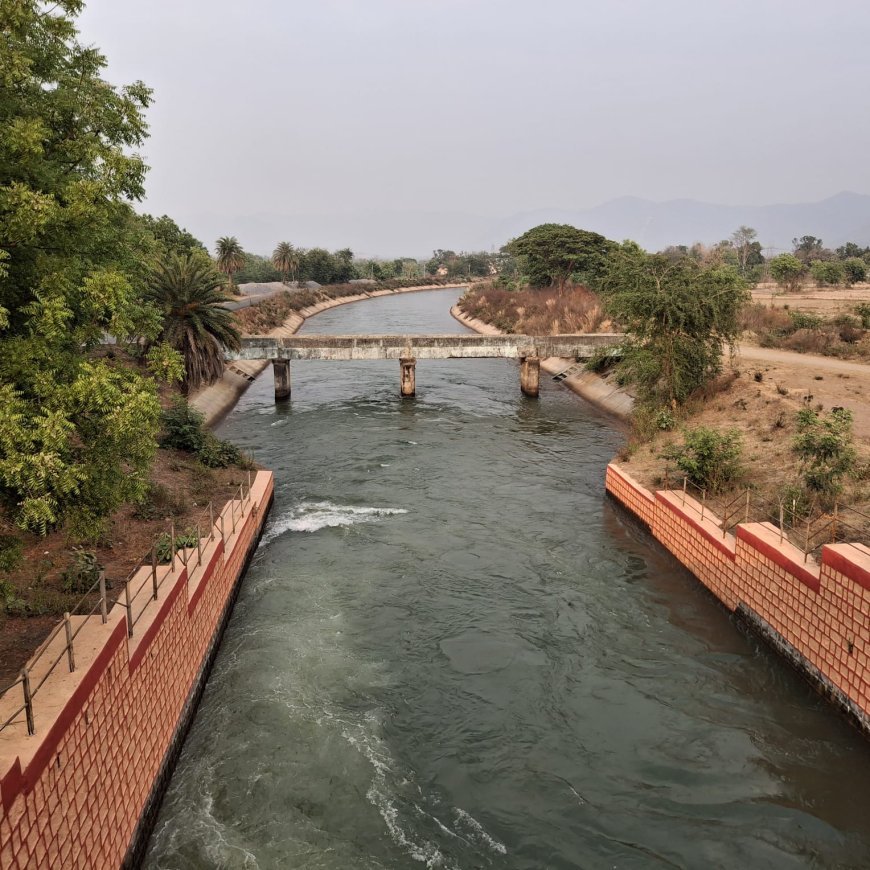
In contemporary times, the narrative of Kalahandi has changed so profoundly that it is now referred to as “Bikash ra Bhugola”—the geography of development. This shift in identity is not merely linguistic; it reflects the real, lived transformation of the people. The district is recognized today for its agricultural productivity, water resources, tribal culture, forest wealth, and growing market connectivity. The once-infamous imagery of starvation has been replaced by stories of farmers earning in lakhs, students excelling across fields, and rural communities embracing modernity while preserving their traditional heritage.
Even more importantly, the psychological transformation has been significant. The stigma that haunted Kalahandi for decades has faded, giving way to confidence and pride. The people of Kalahandi, who once bore the burden of national sympathy, now present themselves as examples of determination and progress. The district stands as a living testimony to how strategic planning, political will, and community resilience can change the destiny of a region.
Yet, the journey also offers lessons for policymakers. Development is not merely about building dams or launching schemes; it is about understanding local realities, empowering people, and ensuring that benefits reach the most vulnerable. Kalahandi’s transformation required long-term vision, sustained investment, and sincere implementation—elements that must guide development in other backward regions of India as well.

Today, as Kalahandi continues to grow, the Indravati Dam remains its cornerstone of progress. What began as a crisis in the era of Indira Gandhi ultimately inspired one of the most impactful development interventions in Odisha’s history. The story of Kalahandi is no longer one of despair but of resilience and renewal. From “Bhoka ra Bhugola” to “Bikash ra Bhugola,” the district has crossed a remarkable distance—a journey that proves how human will, supported by thoughtful governance, can reshape the destiny of entire communities.
Right Canal Devision ,
Upper Indravati Project,
Kalahandi.







